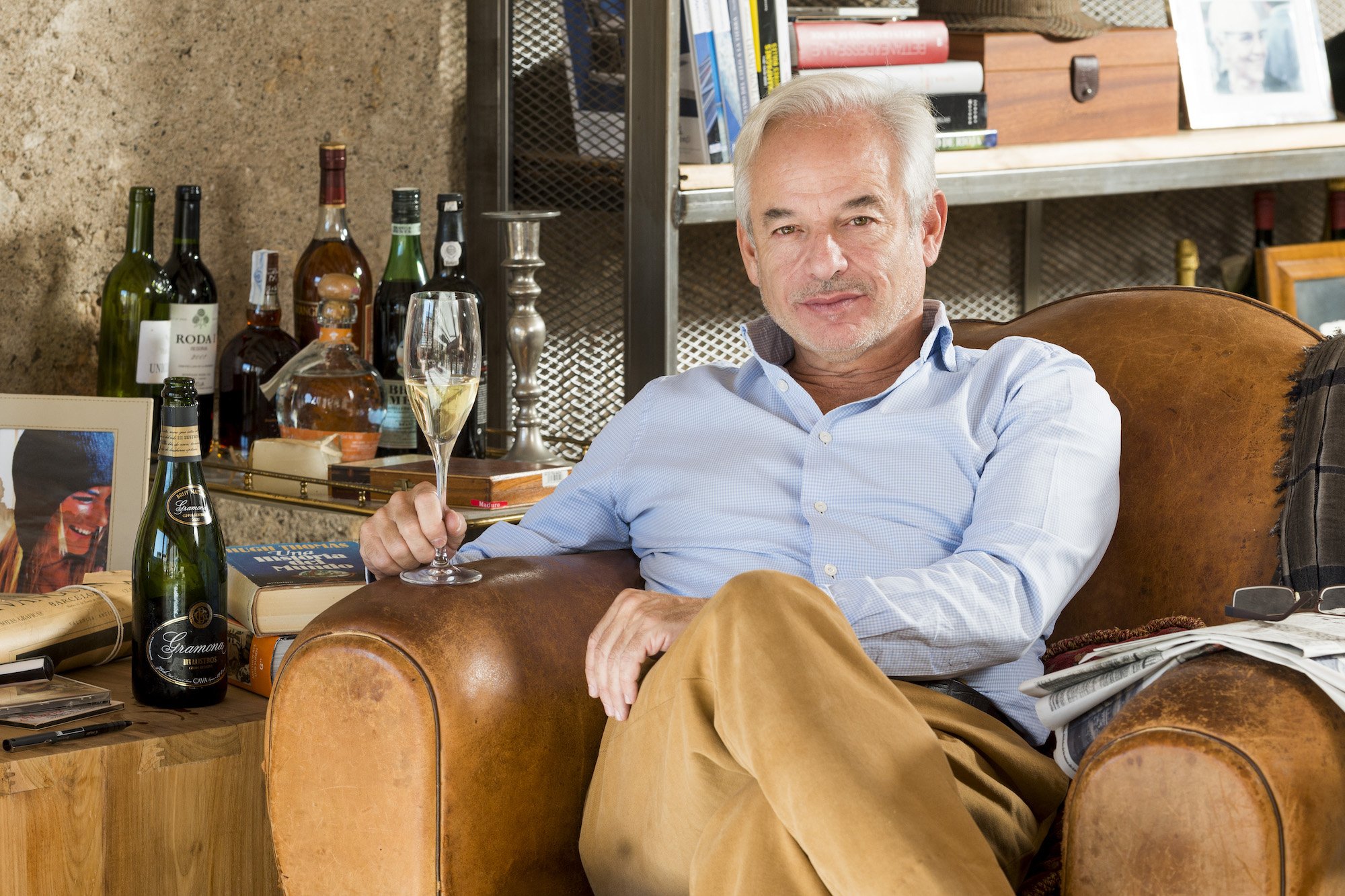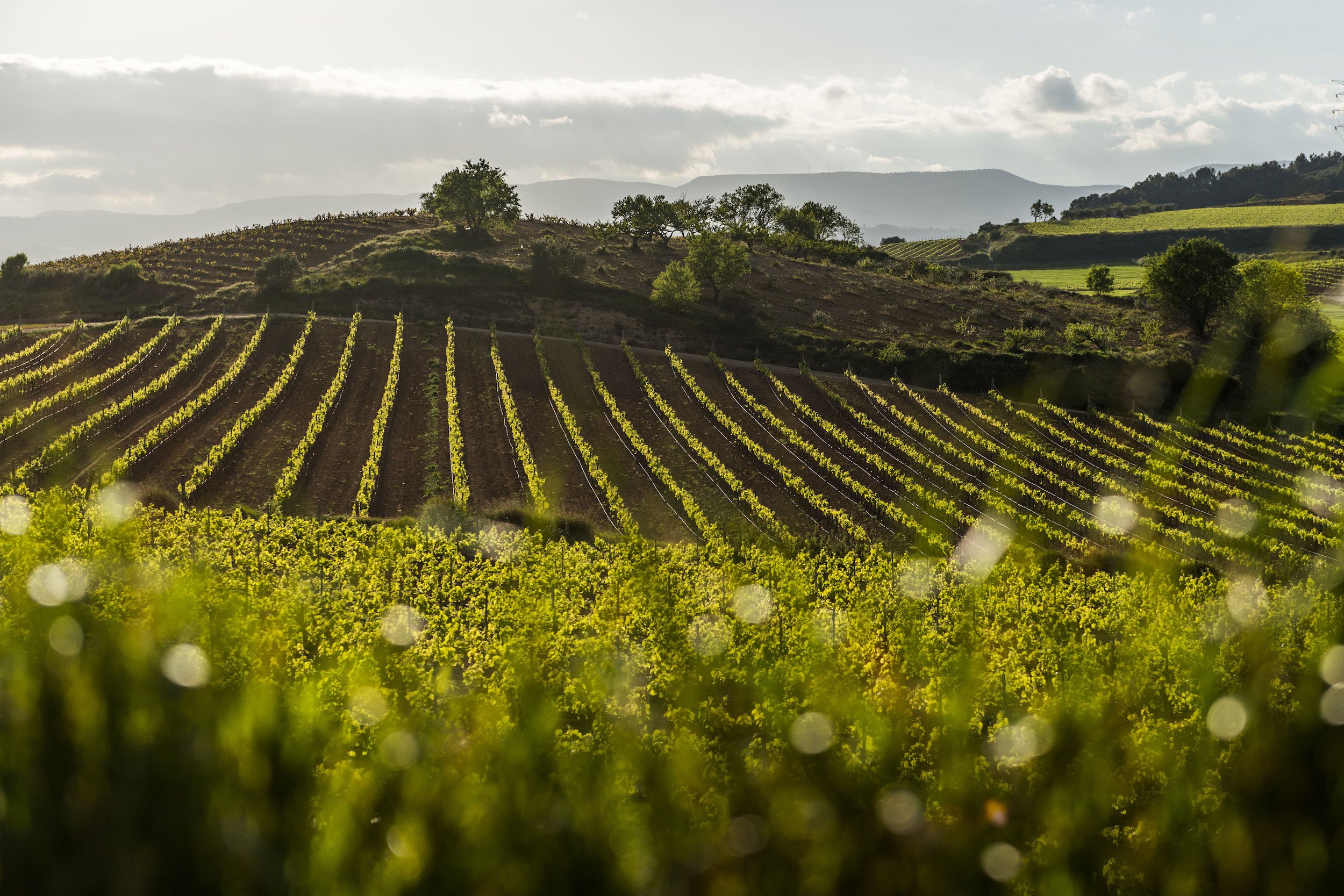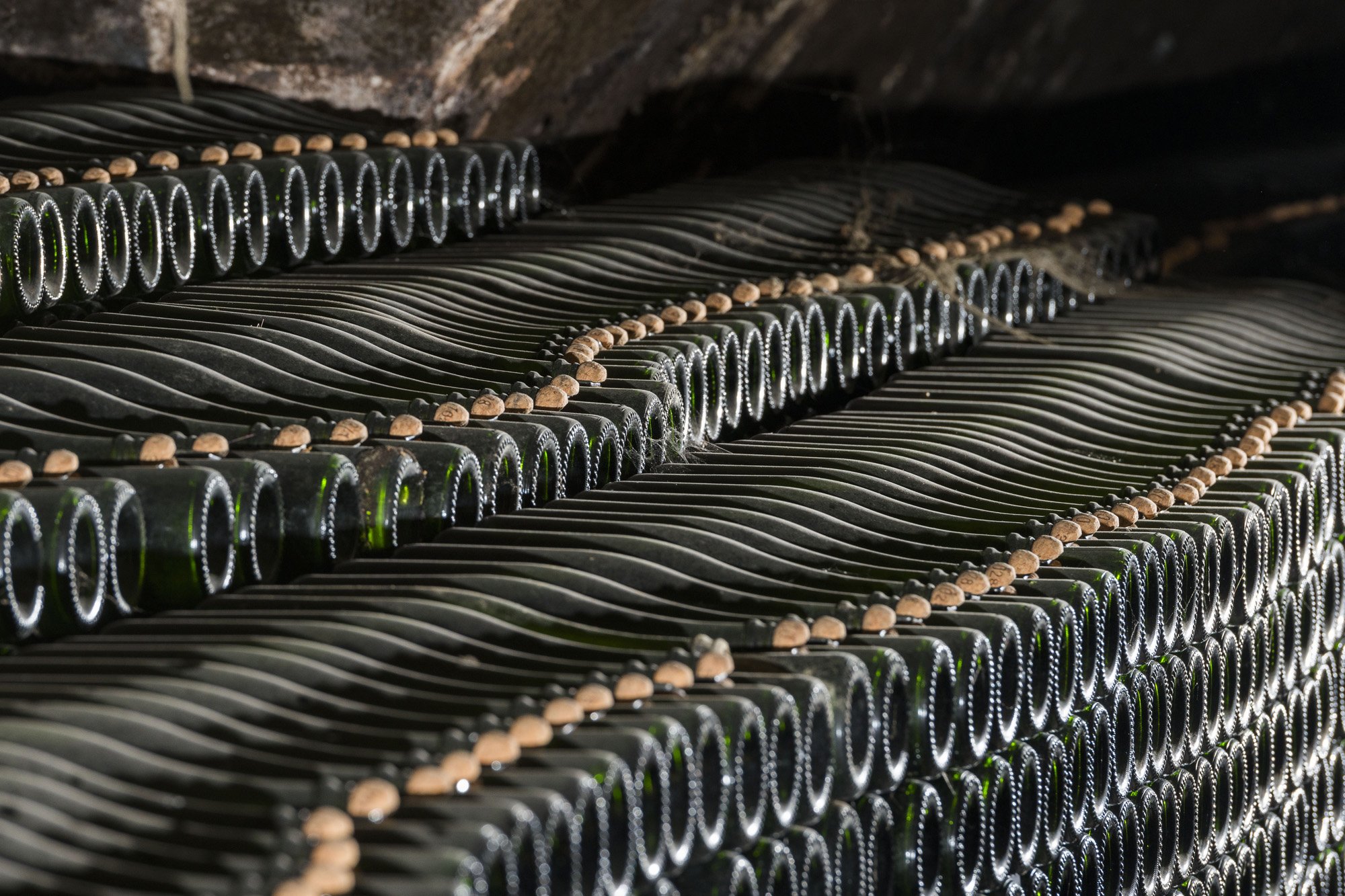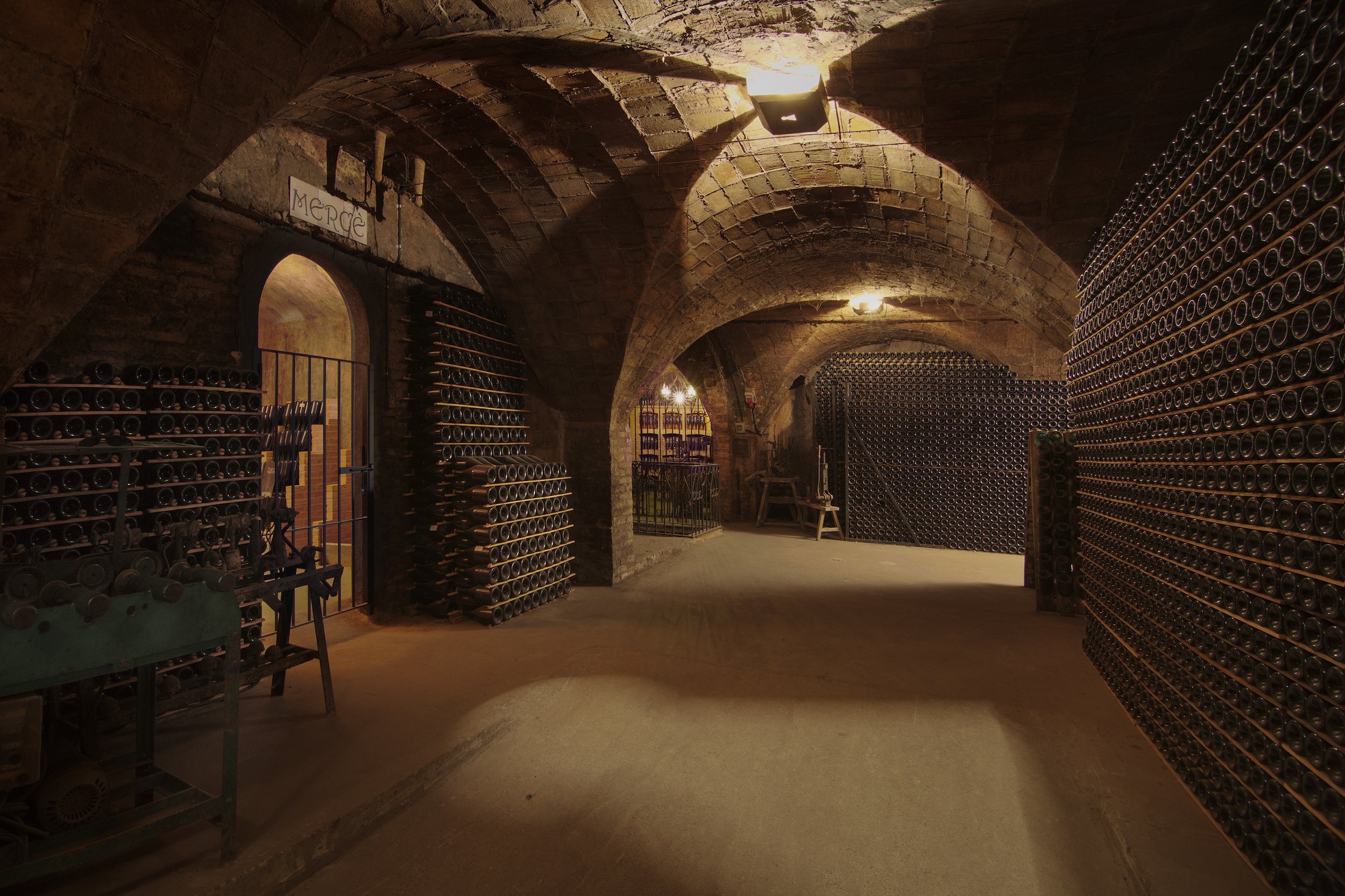Why is Gramona Making Corpinnat Instead of Cava?
Gramona winery
The Batlle family, owners of Gramona Winery, has been making sparkling wine in Penedès, Spain, since 1881. From the very beginning, their innovation and focus on natural winemaking have earned them a stellar reputation amongst cava lovers worldwide. The family motto reveals their dedication - Viti, Vini, Vitae. Verum cava. “From the grape, to the wine, to our life. True cava.” But if you assume Gramona is making cava, you’d be wrong.
In 2017, Gramona voluntarily left the Cava DO (Denominación de Origen), Spain’s classification system that certifies the origin and production of important agricultural products. They felt the requirements for achieving the classification were being loosened too much, allowing wine producers from other parts of Spain to make wine with lower standards. “We felt our wines were too closely related to the soil and winemaking of our region to let the expanded D.O. define us any longer,” Lucia firmly states.
After leaving, Gramona created their own designation, Corpinnat, a portmanteau of two Spanish words that mean “heart of Penedès.” This new category, managed by the newly-formed Associació de Viticultors i Viticultors de Corpinnat, required winemakers to adhere to the natural winemaking techniques and philosophy Gramona already practiced. To be called Corpinnat requires 100% organic and sustainable winemaking and grapes harvested by hand. All the things that Gramona thinks is important.
History of Gramona
Xavier Gramona
The path to winemaking began three decades earlier. In 1850, grower and winemaker Josep Batlle worked for a family who owned vineyards in the Anoia River valley. During this time, phylloxera was spreading across most of Europe. As the insect pest was destroying vineyards and crippling the wine industry, Josep’s son Pau began selling wine to French sparkling wine producers, who were already familiar with Catalonia because the region produced most of the corks they used at the time. Over time Pau refined his winemaking skills, and in 1881 he set up his own winery, calling it Cellar Batlle. Soon thereafter, he purchased the vineyards where his father once worked.
The early 20th century brought significant growth for the Batlle family. Pau’s daughter Pilar married Bartolomé Gramona, son of the Barcelona Taverners Guild president Josep Gramona. This combined two of the region’s oldest wine producers, who began producing wines under the new Gramona label. Today, the Gramona family still owns and operates the company. Jaume Gramona leads the oenology efforts while Xavier Gramona handles the day-to-day operations.
The Alt Penedès Region
Gramona vineyards
The property is located approximately 25 miles west of Barcelona in Sant Sadurni d’Anoia, in the Alt Penedès region. This area is considered the center of Spain’s cava production, accounting for more than 95% of all the sparkling wine produced in the country. The climate is typically Mediterranean, which means hot, dry summers with more rainfall and greater day and night temperature ranges than the surrounding regions. The winters are mild, in part because the area is protected from any harsh weather by the rocky Monserrat mountains to the north. The vineyard soils are mostly clay and calcareous loam, with more alluvial soil closer to the Anoia River and more slate towards Monserrat. These soils also contain têtes de poupées, ‘doll heads’, a nickname for calcareous formations made from bacterial influence. Gramona owns 66 hectares of vines planted, surrounded by another 20 hectares of forest. In 2015, they helped create the Aliances per la Terra, an association of wine growers that promotes environmentally friendly winemaking with the goal of reinvigorating the local flora and fauna. This alliance gave Gramona access to another 365 acres of shared land to use.
Gramona’s Winemaking
Gramona bottling
Gramona plants only organic grapes, a choice born from the belief the roots tend to go deeper into the soil than their non-organic counterparts. The benefits of deeper root systems are two-fold. According to the winery, deeper roots are less affected by the weather on the surface, which means more consistency. They are also more resistant to pests, who can’t dig as deeply to get to them.
Since 2001, Gramona’s winemaking facilities have been located underground within the mountain, a somewhat unique practice for the region. This subterranean operation helps keep the facility cool and the humidity in check. A gravity feed system brings the grapes down from ground level.
They produce approximately one million bottles each year, and every single one is packaged by hand. The bottles are wrapped in cellophane, not plastic, a detail everyone here is proud of. Their cellophane comes from wood pulp and proves a much more sustainable way to decorate the bottle.
Gramona Cellars
That commitment to detail and processes that minimally impact the environment are found throughout Gramona’s operations. They practice organic and biodynamic viticulture. Live vegetal ground cover techniques help keep the soil healthy. They grow medicinal plants like nettles, yarrow, and dandelions to create infusions to help protect the vines from potential pests or diseases. In 2014, Gramona obtained the prestigious Demeter seal, which certifies the use of biodynamic agriculture.
While the change to Corpinnat was initially met with skepticism, before too long, other local producers began to realize the benefit of the new designation. As of today, eight other cava producers in the area have joined the Corpinnat movement. Gramona hopes more will join, sharing “This is a special area for wine in Spain. Corpinnat helps us protect that.”





